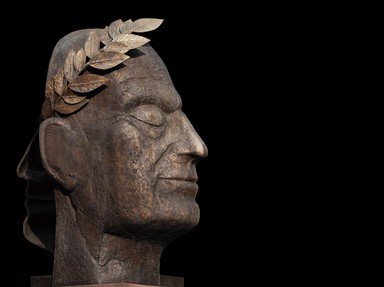Quiz Answer Key and Fun Facts
1. Roman emperor Vespasian was Domitian's father. Who was his mother?
2. Roman emperor Titus was Domitian's elder brother. Who was his sister?
3. Who was Domitian's one and only wife?
4. Domitian's actions during a military campaign resulting in needing a pardon from his father. Where was he during this dubious military campaign?
5. Domitian became Roman emperor in 81 AD. Which of these were one of his first actions, which did not ingratiate him to the Roman Senate?
6. Domitian established the Palace of Domitian, which was completed in 92 AD. Where was it built?
7. Who was executed on Domitian's orders for remembering the birthday of Otho, a previous Roman emperor?
8. Domitian endeared himself to the Roman people by restoring and constructing many splendid buildings. He restored and renovated a temple dedicated to what Roman god on Capitoline Hill?
9. Domitian had at least four Vestal Virgins executed during his reign, including the head priestess. What was her name?
10. Domitian once wrote a book about which of these?
11. Domitian revived which traditional Roman event which had lost popularity before his reign?
12. Domitian established a network of forts, towers and roads as part of a military defense endeavour. It was which of these frontiers?
13. Cassius Dio asserts that around 90 AD, Domitian terrified members of the Senate who were guests at his dinner party with a gift for each of them. It was which of these?
14. Domitian was assassinated in 96 AD. One of the plotters was a servant who faked an arm injury so the emperor's guard would be down. Who was he?
15. Suetonius asserts that Domitian's body was cremated by his nurse. What was her name?
Source: Author
LuH77
This quiz was reviewed by FunTrivia editor
trident before going online.
Any errors found in FunTrivia content are routinely corrected through our feedback system.

